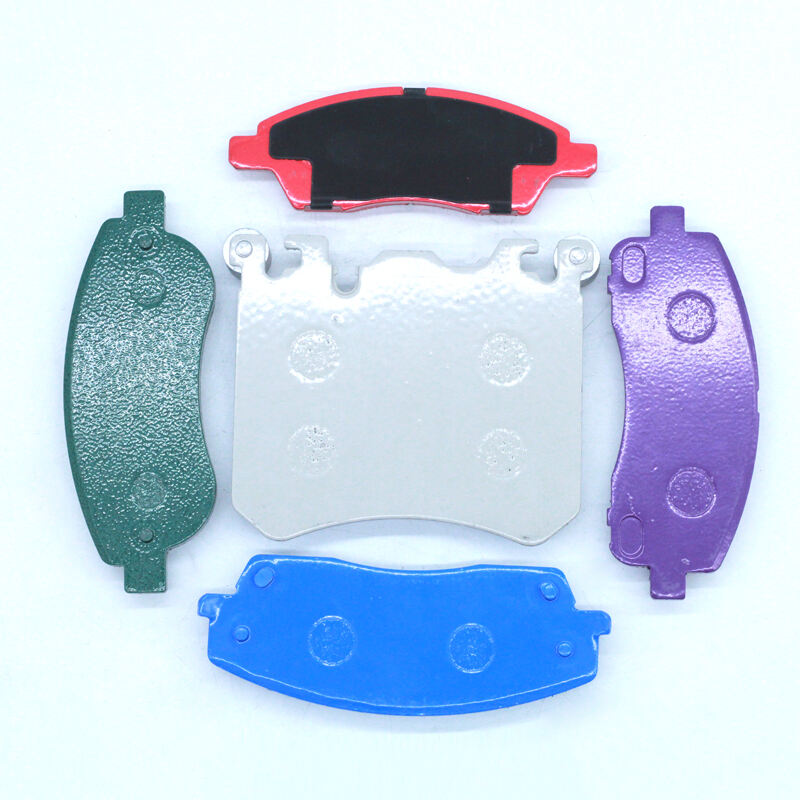ceramic versus semi metallic brake pads
Ceramic and semi-metallic brake pads represent two distinct approaches to vehicle braking technology. Ceramic brake pads, introduced in the 1980s, are composed of dense ceramic material mixed with copper fibers, while semi-metallic pads contain 30-65% metals like steel, copper, and iron, combined with friction modifiers and fillers. Ceramic pads excel in providing smooth, quiet operation and produce minimal brake dust, making them ideal for luxury and performance vehicles. They offer exceptional heat dissipation capabilities and maintain consistent performance across various weather conditions. Semi-metallic pads, conversely, provide superior stopping power and heat resistance, making them the preferred choice for heavy-duty vehicles and high-performance applications. These pads feature excellent thermal conductivity and can withstand extreme temperatures without experiencing brake fade. The composition of semi-metallic pads allows for aggressive braking performance, though they may produce more noise and brake dust compared to ceramic alternatives. Both types offer distinct advantages depending on driving conditions, vehicle type, and user preferences, with ceramic pads generally providing a more refined experience and semi-metallic pads offering robust performance capabilities.


